- About us
- Support the Gallery
- Venue hire
- Publications
- Research library
- Organisation chart
- Employment
- Contact us
- Make a booking
- Onsite programs
- Online programs
- School visit information
- Learning resources
- Little Darlings
- Professional learning
Cora Gooseberry (c. 1777–1852) was born Car-oo or Kaaroo, the daughter of Moorooboora, leader of the Murro-Ore (Pathway Place) clan. She originated from the Long-Bay/Maroubra area. Known to Europeans as ‘Queen Gooseberry’ or ‘Cora Gooseberry’, she was, like her husband Bungaree, one of the best known Aboriginal people in Sydney, becoming something of an identity for the government issue blanket she typically wore over her clothes and around her body. She also covered her hair with a headscarf and smoked a clay pipe. She was a member of the ‘Sydney tribe’ who lived on the streets, this group consisting also of family members including her son Bowen Bungaree and her relative Billy Warrall or Worrall, also known as Warrah Warrah and Ricketty Dick. British newcomers called her ‘Queen of Sydney and Botany’ and or ‘Queen of Sydney to South Head’. She outlived Bungaree by 22 years and on her death was buried in the Devonshire Street Cemetery, the site of which is now covered by Sydney’s Central Railway Station.
In 1845 Car-oo, Kaaroo, otherwise Cora Gooseberry Bungaree, guided Police Inspector William Miles and the artist George French Angas to see Aboriginal rock engravings around Port Jackson (Sydney Harbour). She was truly Indigenous ‘royalty’. The title ‘Cora Gooseberry Freeman Bungaree, Queen of Sydney and Botany’ was engraved on the metal breastplate she wore.
Dr. Keith Vincent Smith, Historian, 2018
Gift of Dr Robert Edwards AO 1999. Donated through the Australian Government's Cultural Gifts Program.
Dr Robert (Bob) Edwards AO (13 portraits)
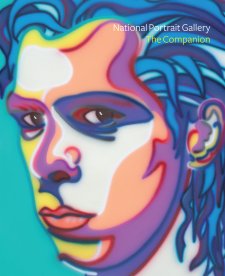

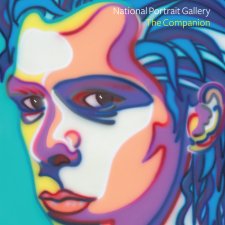
On one level The Companion talks about the most famous and frontline Australians, but on another it tells us about ourselves.
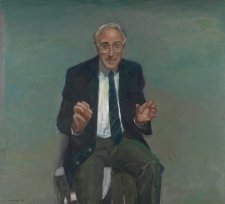
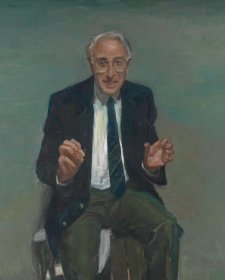
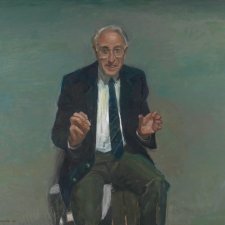
Drawn from some of the many donations made to the Gallery's collection, the exhibition Portraits for Posterity pays homage both to the remarkable (and varied) group of Australians who are portrayed in the portraits and the generosity of the many donors who have presented them to the Gallery.
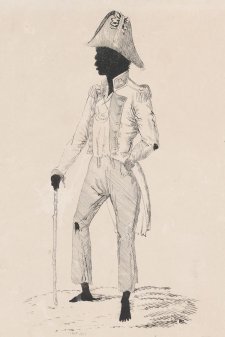
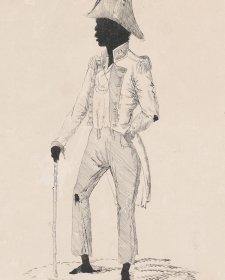
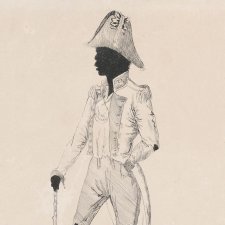
For Tom Roberts - Australia's best nineteenth-century portrait painter - neither a proto-national portrait gallery nor more popular collections of portrait heads, were sufficient public celebrations for the notables of Australian history